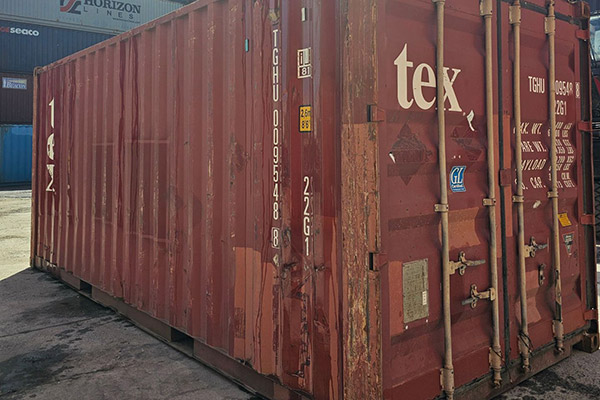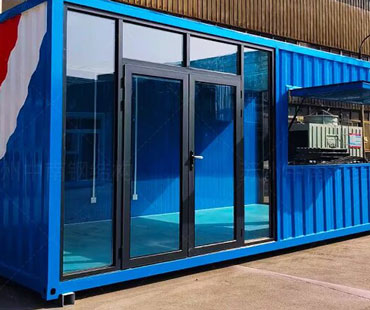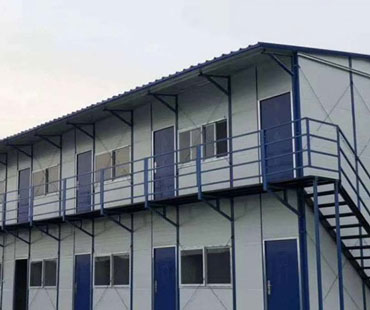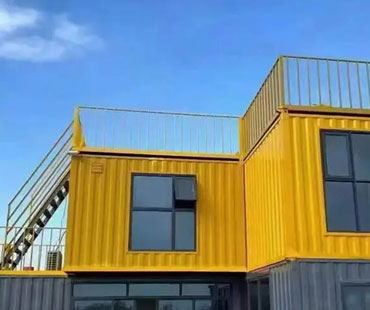In an increasingly interconnected world, the global transportation chain plays a vital role in facilitating trade and commerce. At the heart of this chain lies the humble shipping container, a seemingly simple structure that has revolutionized the way goods are transported across the globe. However, the safety and stability of container shipping are critical to maintaining the integrity of this global network. In this article, we will explore the essential aspects of container safety, the challenges faced, and the measures that can be implemented to ensure the stability of the global transportation chain.
Shipping containers are designed to withstand the rigors of sea, land, and air transport. However, mishandling, environmental factors, and poor maintenance can compromise their integrity, leading to significant risks. Ensuring container safety is paramount for several reasons:
1.Protecting Cargo: Damaged containers can lead to the loss or damage of valuable cargo, resulting in financial losses for businesses and disruptions in supply chains.
2.Preventing Accidents: Containers that are not properly secured can shift during transport, leading to accidents that may endanger lives and cause property damage.
3.Environmental Concerns: Leaks from damaged containers can result in hazardous materials spilling into the environment, leading to severe ecological consequences.
4.Regulatory Compliance: Adhering to international safety standards is essential for maintaining the reputation of shipping companies and ensuring compliance with legal requirements.

While significant advancements have been made in container design and safety protocols, various challenges remain:
1.Human Error: Improper handling during loading and unloading processes can lead to accidents and container damage. Training and adherence to safety protocols are crucial.
2.Extreme Weather Conditions: Containers must withstand harsh weather conditions, including storms and high winds. However, extreme events can still compromise their stability.
3.Structural Integrity: Over time, containers can experience wear and tear, leading to corrosion and structural weakness. Regular inspections are vital to ensuring their safety.
4.Cybersecurity Threats: With the increasing digitization of logistics, cybersecurity threats can disrupt operations and compromise the safety of container tracking systems.
To enhance the safety and stability of the global transportation chain, the following best practices should be implemented:
1.Regular Inspections and Maintenance: Shipping companies should conduct routine inspections of containers for signs of damage, corrosion, or structural failures. Maintenance should be performed to address any identified issues promptly.
2.Training and Certification: Personnel involved in handling shipping containers should receive comprehensive training on safety protocols and best practices. Certification programs can help ensure that all workers are knowledgeable and skilled in safe handling procedures.
3.Use of Technology: Implementing advanced technologies, such as GPS tracking and IoT sensors, can improve visibility into container conditions and locations. These technologies can help monitor temperature, humidity, and structural integrity in real time.
4.Standardized Loading Procedures: Establishing standardized loading and unloading procedures can minimize human error and ensure that containers are secured properly. This includes using appropriate lashing techniques and ensuring weight distribution is balanced.
5.Emergency Response Planning: Companies should develop and regularly update emergency response plans to address potential accidents or environmental spills. This includes training staff on how to respond effectively to various scenarios.
6.Collaboration and Information Sharing: Encouraging collaboration between shipping companies, port authorities, and regulatory agencies can lead to improved safety standards and practices. Information sharing regarding incidents and best practices can foster a culture of safety across the industry.
Container safety is a critical component of the global transportation chain that cannot be overlooked. By recognizing the importance of safe shipping practices, addressing the challenges faced, and implementing best practices, stakeholders can ensure the stability of this vital network. As international trade continues to grow, maintaining the safety and integrity of shipping containers will be essential for safeguarding cargo, protecting the environment, and ensuring the efficient flow of goods across borders. In doing so, we can contribute to a more resilient and secure global economy.


